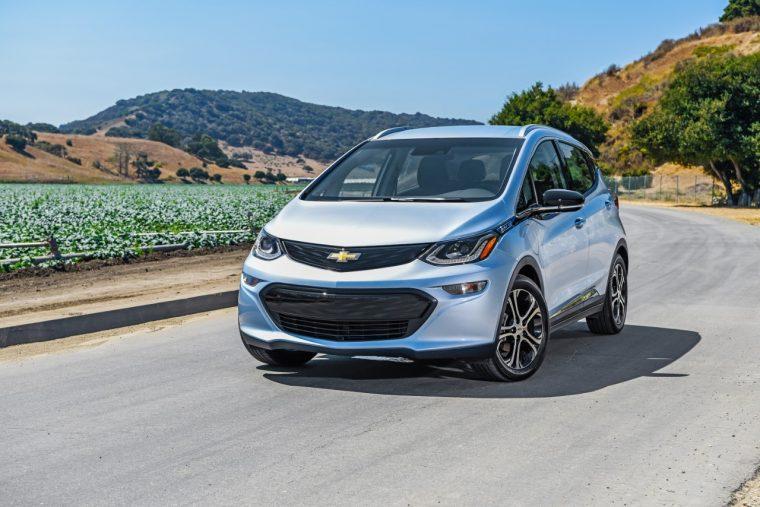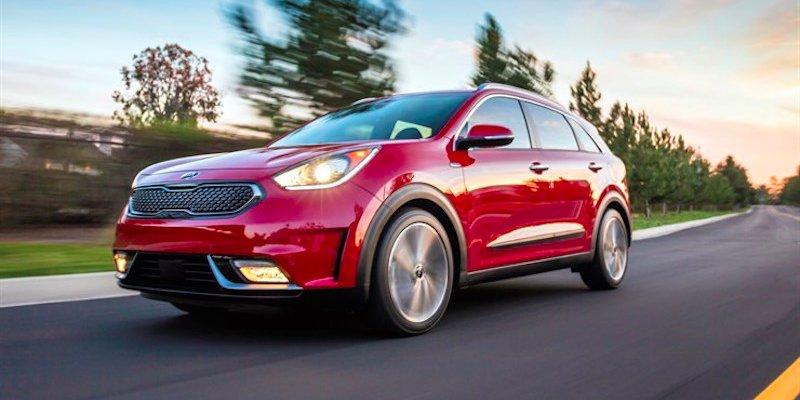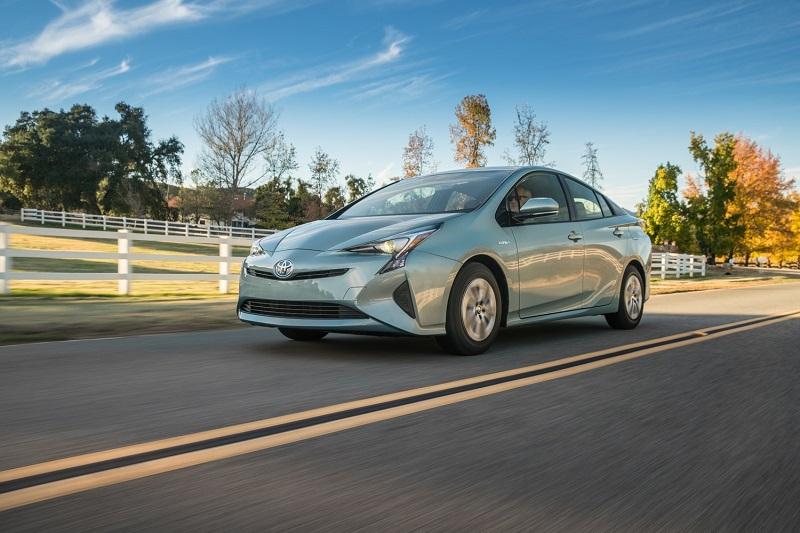Fuel-economy and minimal carbon footprint are the selling points of hybrid cars. But, it’s frustrating when you don’t get the fuel economy promised by the automakers. What could possibly go wrong? Well, the simple reason could be your ignorance about how to drive a hybrid car efficiently! Tightening up your driving style by following some simple hybrid car driving tips will help you achieve an impressive fuel economy.
Contents
How to Drive a Hybrid Car the Most Efficient Way?
Your driving habits affect the performance of your car. Besides the standard rules for all car models when driving, there are several instructions to note specifically for Hybrid models. Hybrid vehicles are more sensitive than the traditional gasoline-driven cars. So, the bad driving styles are likely to affect them even more.
Hybrid cars are always equipped with many different driving modes, basically EV mode (fully electric), normal mode (combined gasoline/electricity), or sport mode (optimized engine power). Some vehicles will have an additional Eco mode (Maximum fuel economy). Users can choose modes according to their specific purposes.
Follow these suggestions to increase the gas mileage of your hybrid car and improve its overall performance.

Use EV mode for short distances
Running in EV mode means pulling power just from the battery. It creates the potential for highly efficient driving, but you have to utilize the mode carefully. In this mode, the car does not have access to much power that it would have in the normal condition. So, it gives the best results for short distances at low driving speeds. Use it when you are driving in a parking lot, moving the car out of the garage, or driving to a grocery nearby. You will waste the battery power by accelerating in this mode.
See more:
Switch to ECO mode for highway driving
The main purpose of this option is to reduce fuel consumption by decreasing the level of acceleration. However, you can’t achieve the desired effect without knowing how to drive a hybrid car the right way.
The ECO mode does not change speed or engine power except to reduce the sensitivity of the accelerator, making it use less fuel. Using this mode for driving situations when you don’t require the accelerator pedal to be particularly sensitive will enhance fuel efficiency.
Avoid hard braking
The abrupt pushing of the brake pedal is harmful to all types of vehicles. In hybrid cars, it results in the loss of power. The frictions in the brakes quickly drain the electricity. The rapid action does not give the regenerative braking system enough time to come into effect and regain the lost energy.

Regenerative braking will allow you to boost the battery power of your car. You have to reduce the pressure on the pedal when a brake light is visible from a distance to give enough time for the energy to get back into the system. It is mainly possible if you are familiar with the route and can anticipate the stops.
Coasting will help
Just like easing off before braking, coasting also helps your hybrid car regenerate the lost energy. A hybrid model can transform any rotational energy into electrical power when the driver takes the foot off the gas pedal. That regained energy will boost the battery power, which in turn, will supply more energy at the time of driving.
Do not shift into neutral (N) when stopping
If you encounter a traffic jam, the car stops and rolls continuously for short distances, the driver should not shift the gear to N because then no power will be generated and the hybrid battery on the car will not be charged, the car will have to continuously using power from the gasoline engine will consume more fuel than usual.
Learn more Hybrid driving tips for best fuel economy:
Final Thoughts
Even though you have many “tips” in hand, remember that these hybrid driving tips are all general instructions on how to save fuel. Whether a specific hybrid car is economical or not depends on the manufacturer’s design characteristics, priority on acceleration power, or fuel-burning efficiency. Therefore, each hybrid car will have a different fuel consumption.



